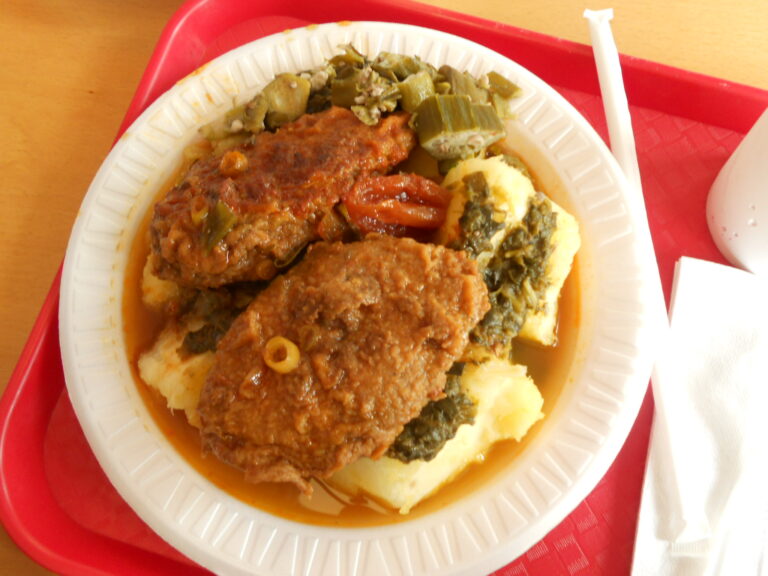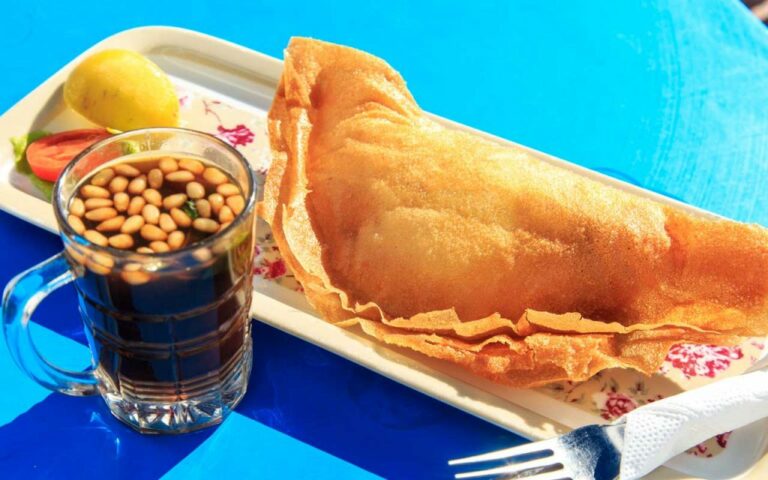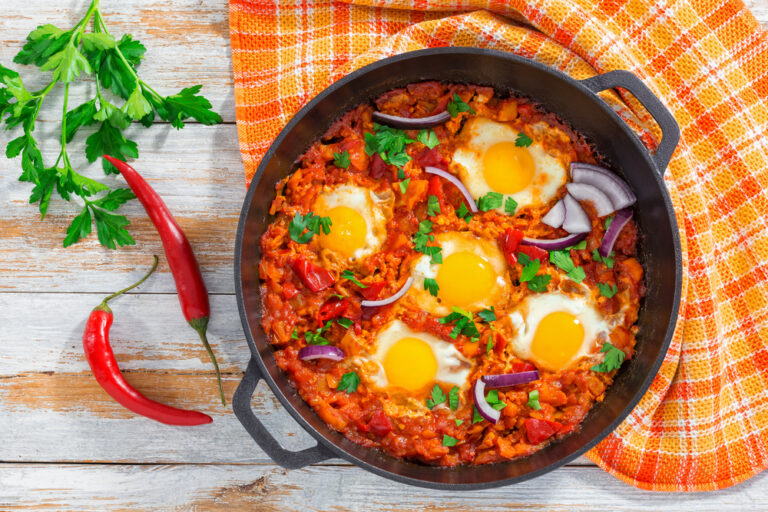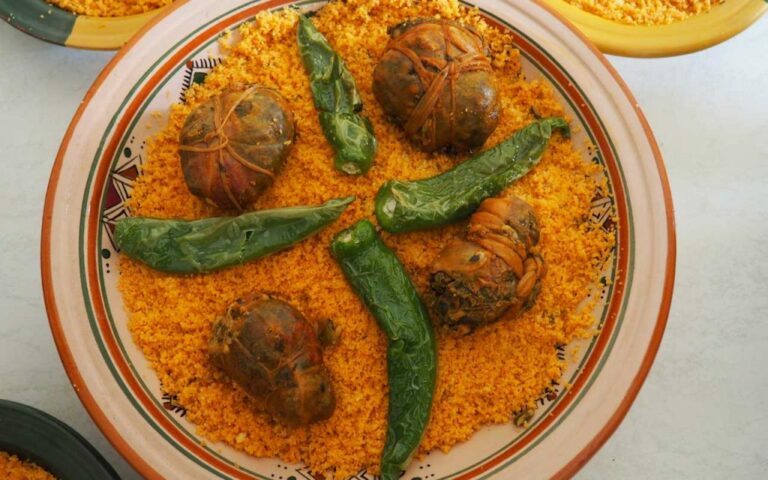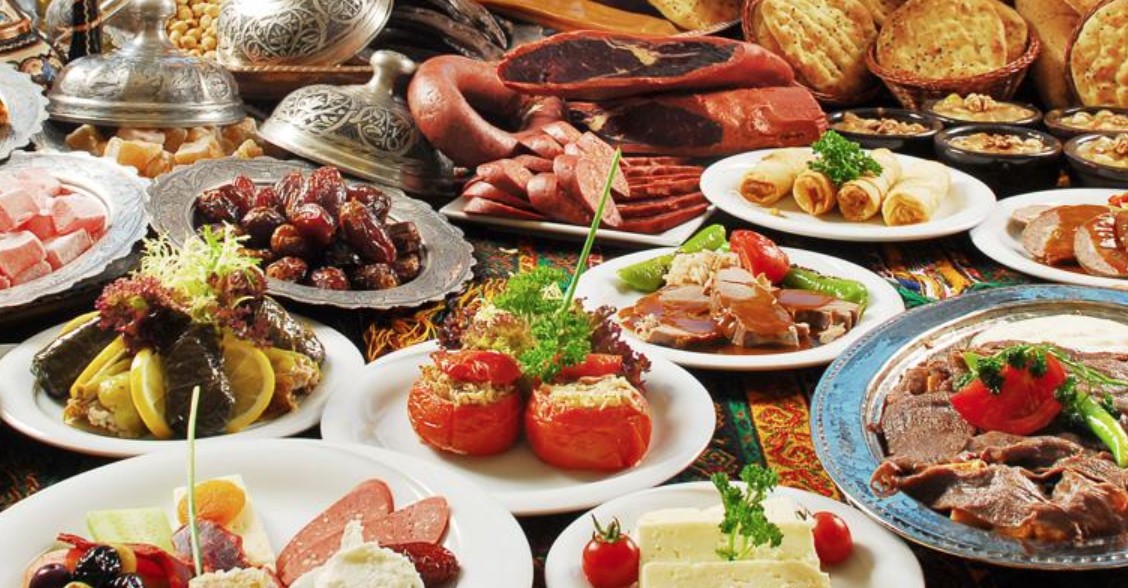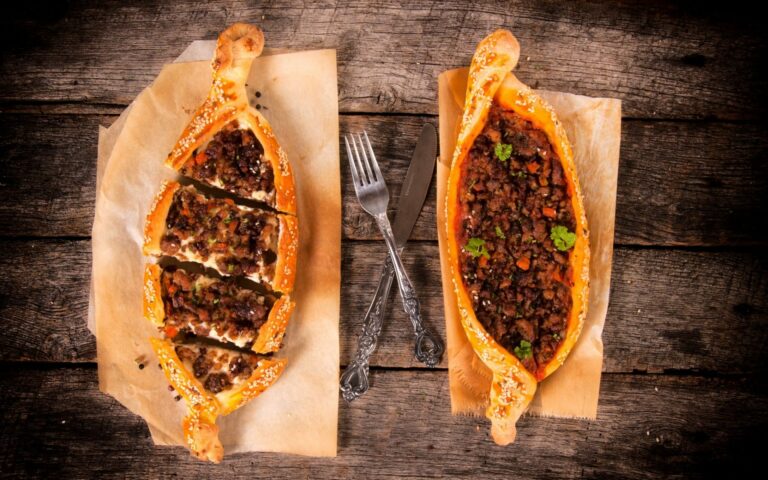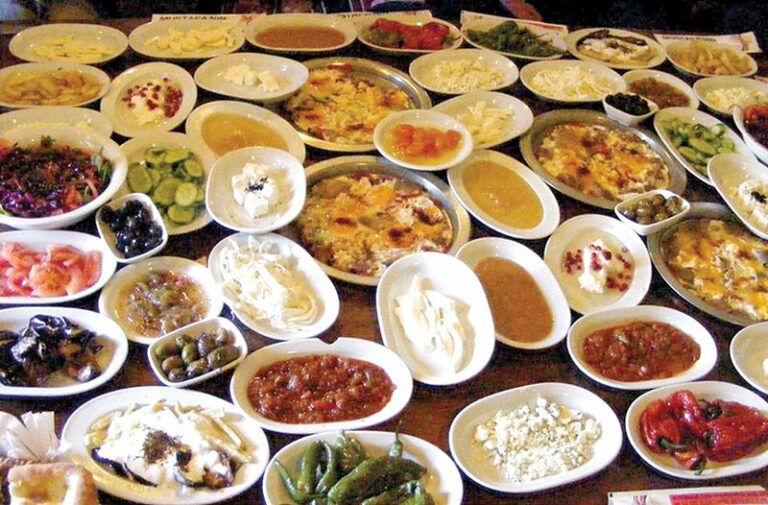Introduction: Exploring Vegetarian Cuisine in Trinidad
Trinidad and Tobago are known for their rich cultural heritage, including their unique cuisine. While Trinidadian cuisine is often associated with meat and seafood dishes, there are plenty of vegetarian options available as well. Whether you’re a vegetarian or simply looking to explore new culinary options, there are plenty of Trinidadian dishes that will satisfy your taste buds.
Traditional Trinidadian Dishes: Vegetarian Alternatives
Many traditional Trinidadian dishes can easily be adapted for vegetarians. For example, instead of using meat in dishes like pelau (a rice dish with meat and vegetables), you can substitute with beans or tofu. Similarly, you can replace fish or shrimp in dishes like fish broth or shrimp curry with vegetables like pumpkin or okra.
Doubles: The Most Popular Vegetarian Street Food in Trinidad
Doubles is a beloved street food in Trinidad that is also vegetarian-friendly. It consists of two pieces of bara bread topped with curried channa (chickpeas) and various chutneys and sauces. The channa is typically cooked with a blend of spices, including cumin, turmeric, and coriander. Doubles are a popular snack or breakfast food in Trinidad and can be found at street vendors throughout the country.
Callaloo: A Nutritious and Flavorful Dish for Vegetarians
Callaloo is a popular Trinidadian dish that is both nutritious and flavorful. It is made with dasheen bush leaves (similar to spinach), okra, coconut milk, and a blend of spices. Callaloo is typically served as a side dish, but it can also be eaten as a main meal with rice or bread. This dish is a great source of vitamins and minerals and is often recommended as a natural remedy for various ailments.
Curry Channa and Aloo: A Spicy and Filling Vegetarian Meal
Curry channa and aloo is a spicy and filling vegetarian dish that is popular in Trinidad. It consists of curried chickpeas and potatoes served with rice or roti. The dish is typically cooked with a blend of spices, including cumin, coriander, and turmeric. This flavorful dish is perfect for vegetarians who are looking for a hearty and satisfying meal.
Roti: A Popular Wrap Filled with Vegetarian Goodness
Roti is a popular Trinidadian wrap that can be filled with a variety of vegetarian ingredients. The wrap is made with flour, water, and baking powder and can be filled with curried vegetables, channa, or aloo. It is typically served with a side of chutney or hot sauce. Roti is a versatile and filling dish that can be enjoyed as a snack or a main meal.

